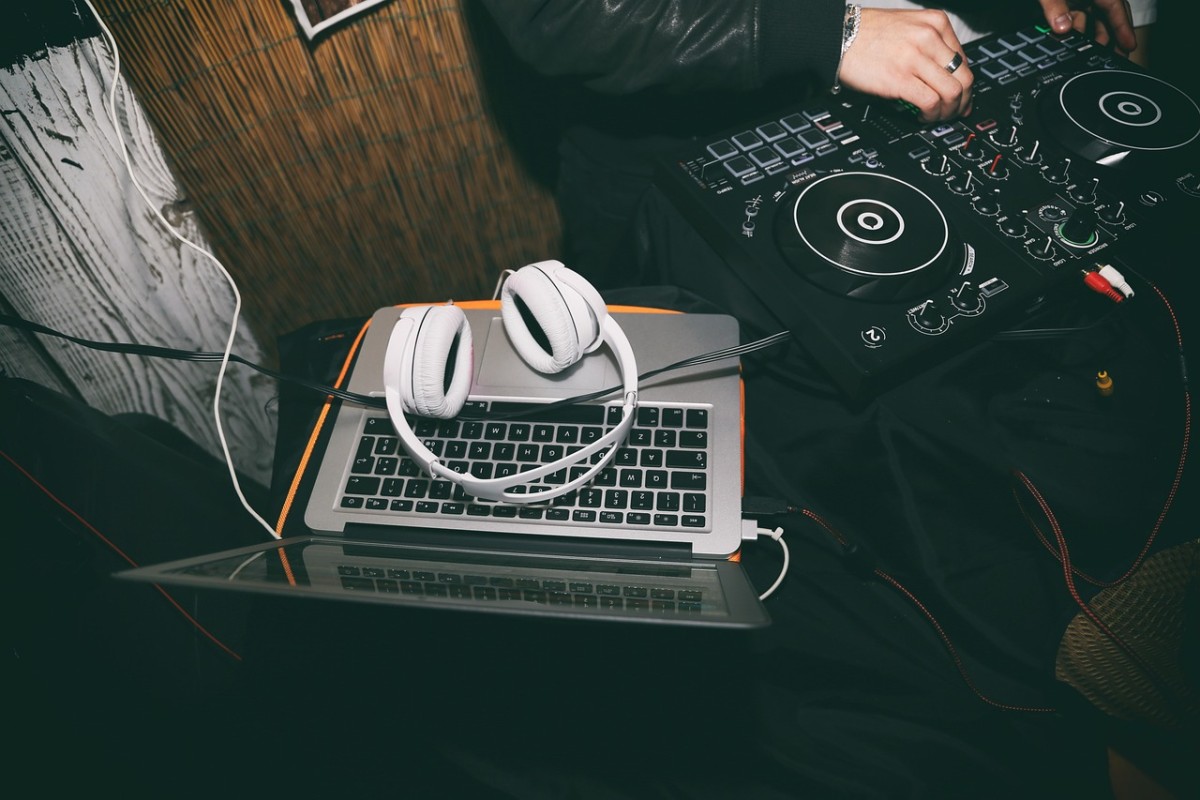In today’s world of high-end audio, the line between functionality and aesthetics is becoming increasingly blurred. Manufacturers of audio equipment, including renowned brands such as Diora Acoustics (https://dioraacoustics.com/en/), are striving to meet the growing demands of customers in terms of both sound quality and the appearance of the equipment. In this article, we take a look at the latest trends in audio equipment design and consider whether it is possible to achieve the perfect balance between form and function.
Evolution of audio design
- From functionalism to aesthetics:
- Beginnings: focus on pure functionality
- The 1970s and 1980s: the emergence of more sophisticated designs
- Today: seeking the perfect synergy between form and function
- Impact of technology:
- Miniaturisation of components
- New materials and production processes
- Integration into intelligent home systems
Key trends in modern audio design
- Minimalism:
- Clean lines and simple shapes
- Hidden buttons and interfaces
- Example: frameless loudspeakers, discrete amplifiers
- Premium materials:
- Use of wood, leather, precious metals
- High-tech composites
- Glass and transparent elements
- Personalisation:
- Modular audio systems
- Interchangeable panels and covers
- Customisation of colours and finishes
- Integration with the interior:
- Loudspeakers as decorative elements
- Furniture-like amplifiers
- Hidden audio systems
- Ecology and sustainability:
- Use of environmentally friendly materials
- Projects focused on longevity and reparability
- Biodegradable packaging
- Technology as part of design:
- OLED displays integrated into the housing
- LED backlighting as an aesthetic element
- Transparent housings showing internal components
Challenges in combining functionality and aesthetics
- Acoustics vs. Design:
- Shape of the loudspeakers and sound quality
- Enclosure materials and resonances
- Cooling:
- Aesthetic solutions for heat dissipation
- Silent cooling systems in high-power equipment
- User interface:
- Balance between minimalist design and ease of use
- Integration of advanced functions without complicating the design
- Production costs:
- Advanced materials and processes and final price
- Balance between quality and affordability
The future of audio design
- Smart materials:
- Enclosures that change colour or texture
- Materials that adapt to acoustic conditions
- Augmented reality:
- Holographic projectors integrated into audio equipment
- Interactive user interfaces
- Bionics and inspiration from nature:
- Shapes and structures inspired by nature for better acoustics
- Organic forms connecting with the environment
- Fully integrated into the home:
- Architectural embedded audio systems
- Wireless solutions eliminating visible cables
Balance between form and function
Achieving the perfect balance between aesthetics and functionality remains a key objective for audio equipment designers. Here are some key principles:
- Form follows function, but does not limit it
- Design should emphasise, not conceal, technological excellence
- Aesthetics must not be at the expense of sound quality
- The user should be at the centre of the design process
- Innovation in design should go hand in hand with technological innovation
Summary
Modern trends in audio equipment design show that it is possible to combine high functionality with attractive aesthetics. The best designs not only sound great, but also decorate the interior and reflect the personality of the user.
The future of audio design promises to be a fascinating one, with increasingly advanced technologies allowing the creation of equipment that is both beautiful and extremely powerful. For audio enthusiasts, this means that the choice of equipment becomes not only a technical decision, but also an expression of personal style and taste.
Regardless of trends, the key remains that the design of audio equipment should serve, first and foremost, the quality of the sound and the experience of the listener. After all, music and the experience of music are at the heart of any audio system.



